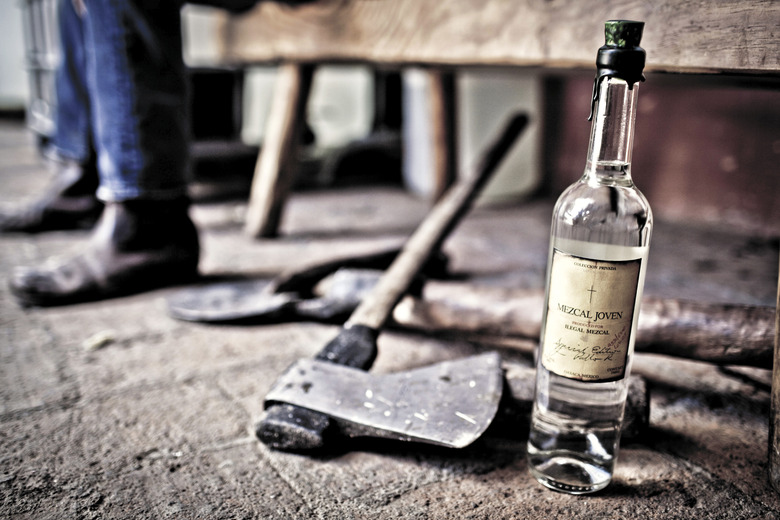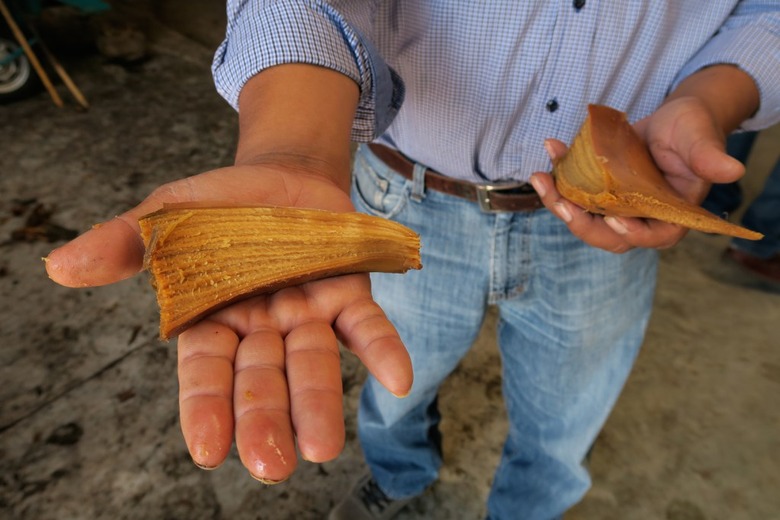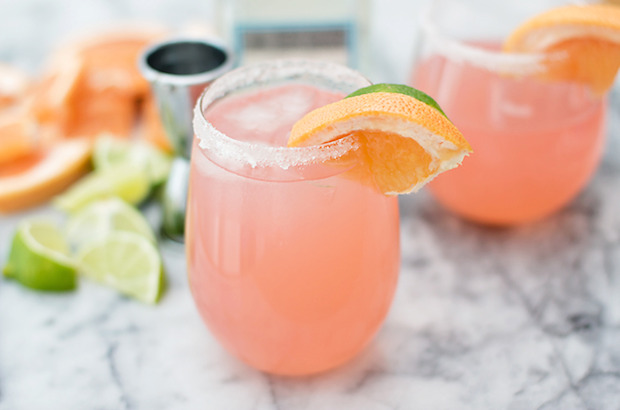What Is Mezcal And Why Is It The Hottest Spirit In America? Slideshow
Ancient Etymology
The name mezcal is a product of two Nahuatl terms ("melt" and "ixcalli"), together meaning "oven-cooked agave." The term dates back to thousands of years ago.
Barrel-Aged Mezcals Are Not to Be Underestimated
"One should not overlook barrel-aged mezcals," says Ilegal Mezcal founder John Rexer. "The practice of aging mezcal goes back as far as the mid-1700s and probably further. What began as a way for storing and transporting mezcal eventually evolved into a way of accenting certain flavors and an art form. If you like darker spirits, try a reposado or añejo. To me, the best aged mezcals are ones where the oak does not overshadow the agave."
Beware of the Larva
The bizarre practice of adding larvae to the bottle is a bit of a gimmick and is generally indicative of low-quality distillation. It was originally added in the 1950s to mask imbalance or poor flavor profiles.
Don’t Let the Smoke Deter You
Ilegal Mezcal founder John Rexer says, "I think there is a misconception that mezcal is a very smoky spirit. Indeed there are mezcals that have that profile, but there are many mezcals with very light smoke profiles where the taste of the agave is much more forward. I think that as people discover this, the category begins to open up and bring in more converts."
Four Distinct Categories of Mezcal
Joven is generally unaged or casked for a period of time shorter than two months, whereas reposado is aged in oak for at least two months, but no longer than a year. Añejo is aged between one and three years, and extra añejo is, well, aged longer. A mezcal cannot be considered extra añejo unless it is aged for at least three years.
Mezcal and the Conquistadors
The Spaniards were no strangers to distillation, and they brought these practices with them to Mexico. Though it's unclear as to whether or not the Mexican population had already been producing any liquors prior to the arrival of the Conquistadors, the birth of mezcal is largely attributed to the Spanish Conquest era.
Mezcal Comes From the Maguey Plant
Mezcal can be produced from many types of agave, but it was originally distilled from the heart of the Maguey plant, a subspecies of agave native to Mexico. This is cultivated for the production of mezcal throughout several Mexican regions. The hearts of the plant (either maguey or other agaves, depending on brand) are harvested and roasted in pits in the ground. A mash is then made by grinding the roasted hearts and adding water, and the fermenting process begins. Today, a large amount of mezcals are made with an Oaxacan variety of agave called espadín.
Mezcal in Cocktails
The essence of joven (mezcal that has aged less than three months) strikes a distinct balance with the grapefruit often used in great cocktails like the typically tequila-based paloma. The refreshing concoction is perfect for spring and Cinco de Mayo fiestas.
Regulated Since 1994
Though mezcal has technically been around for centuries, it was only officially recognized in the 1990s by the Mexican Regulatory Council for Mezcal Quality. This regulation ensures the protection of the practice via "Appellation of Origin" (similar to France's regulation of Champagne) and governs the validity of the '100 percent agave' label.
Sacred Ritualistic Ties
Though Maguey was once regarded as a sacred plant. The plant has quite the history, dating back to pre-Spanish occupation. It is said that maguey ws often used in religious rituals, more specifically the practice of bloodletting, which was used by Mayan royals to introduce a trance-like state in order to connect with ancestors or gods through supernatural visions.










